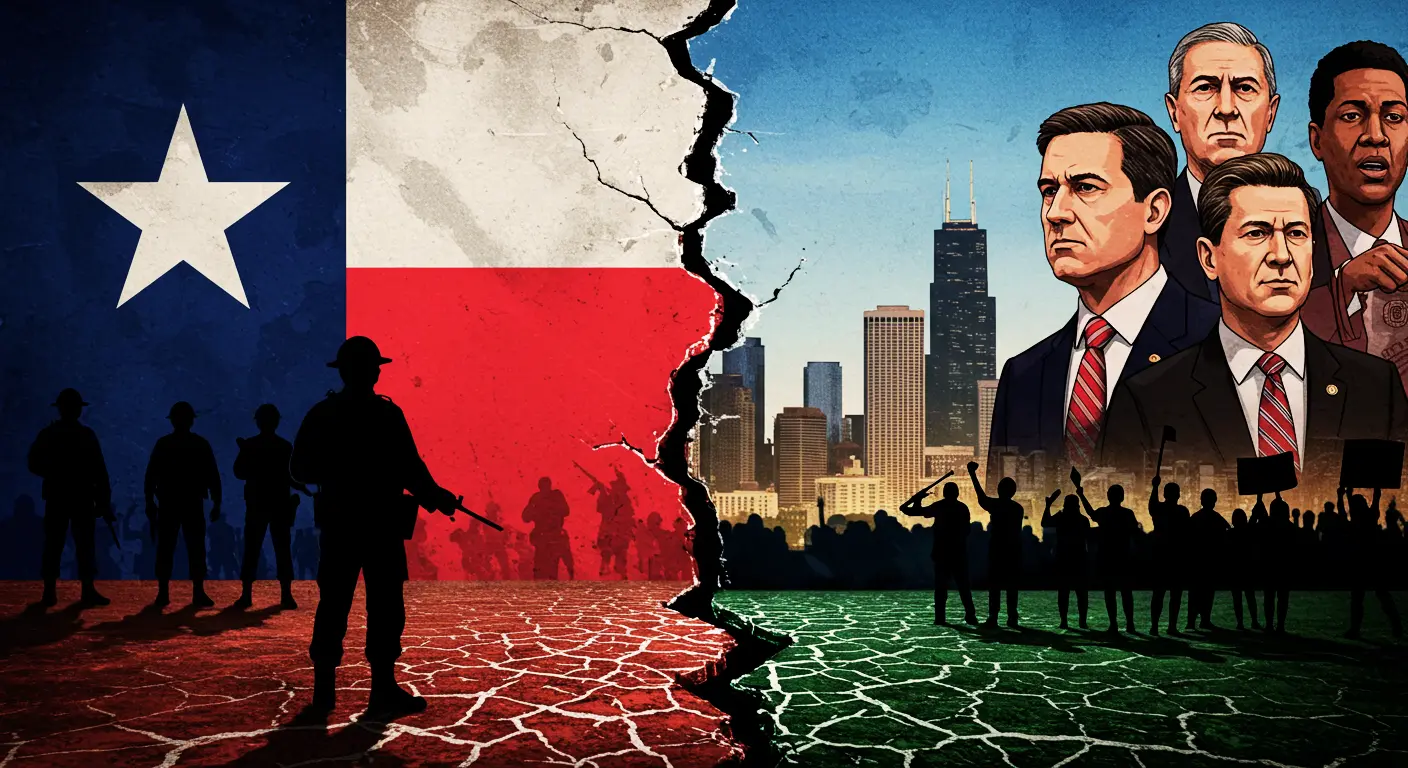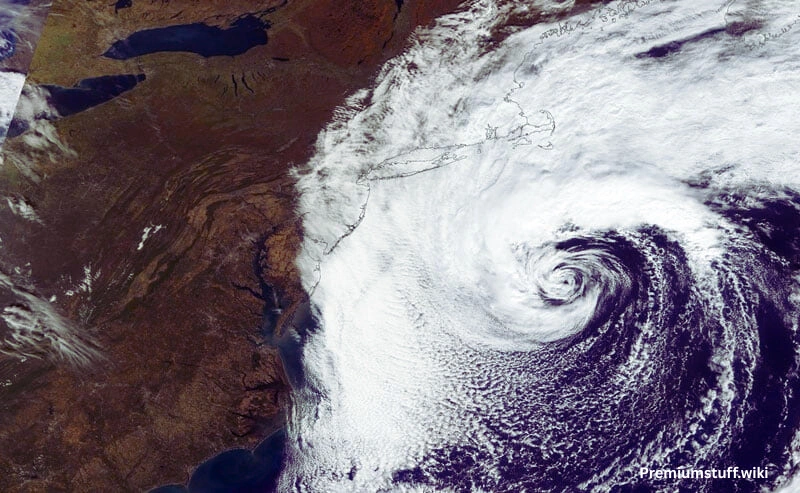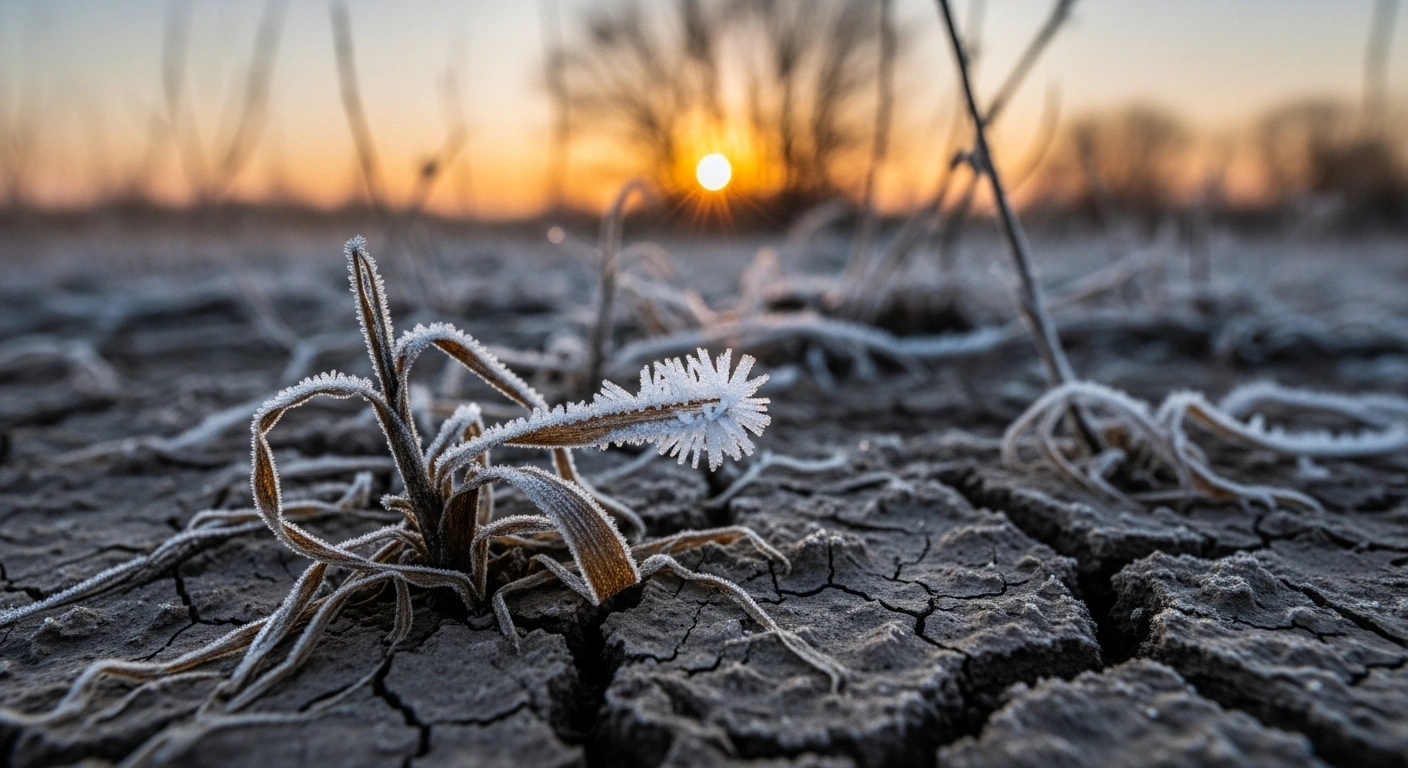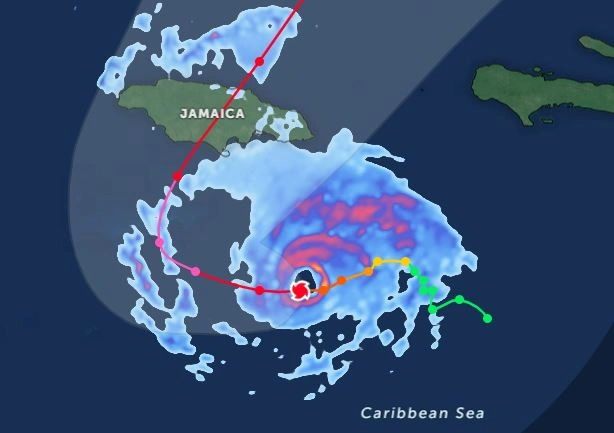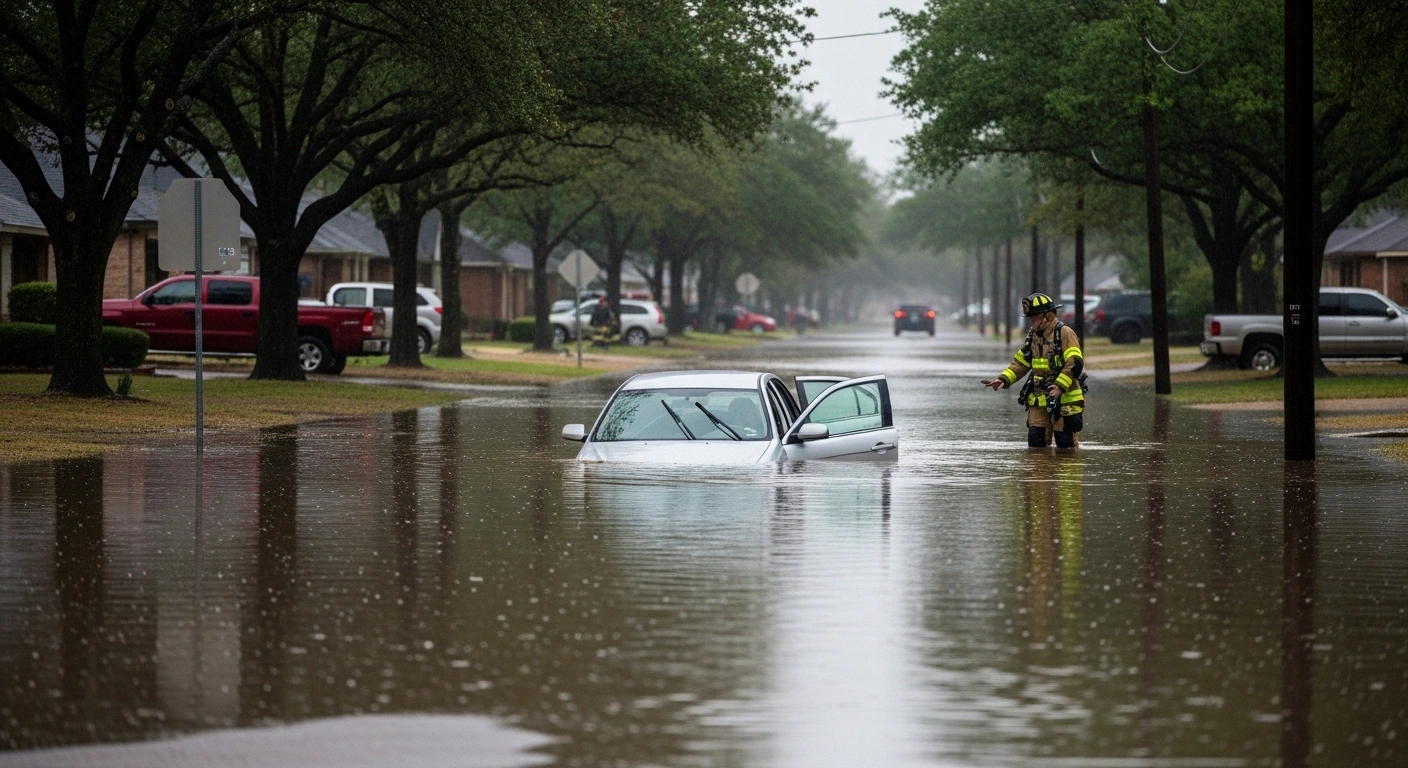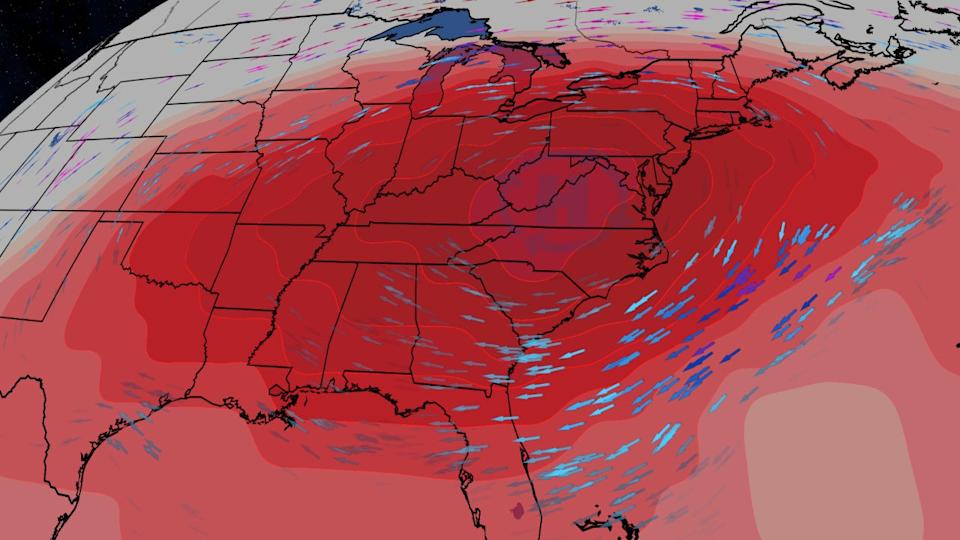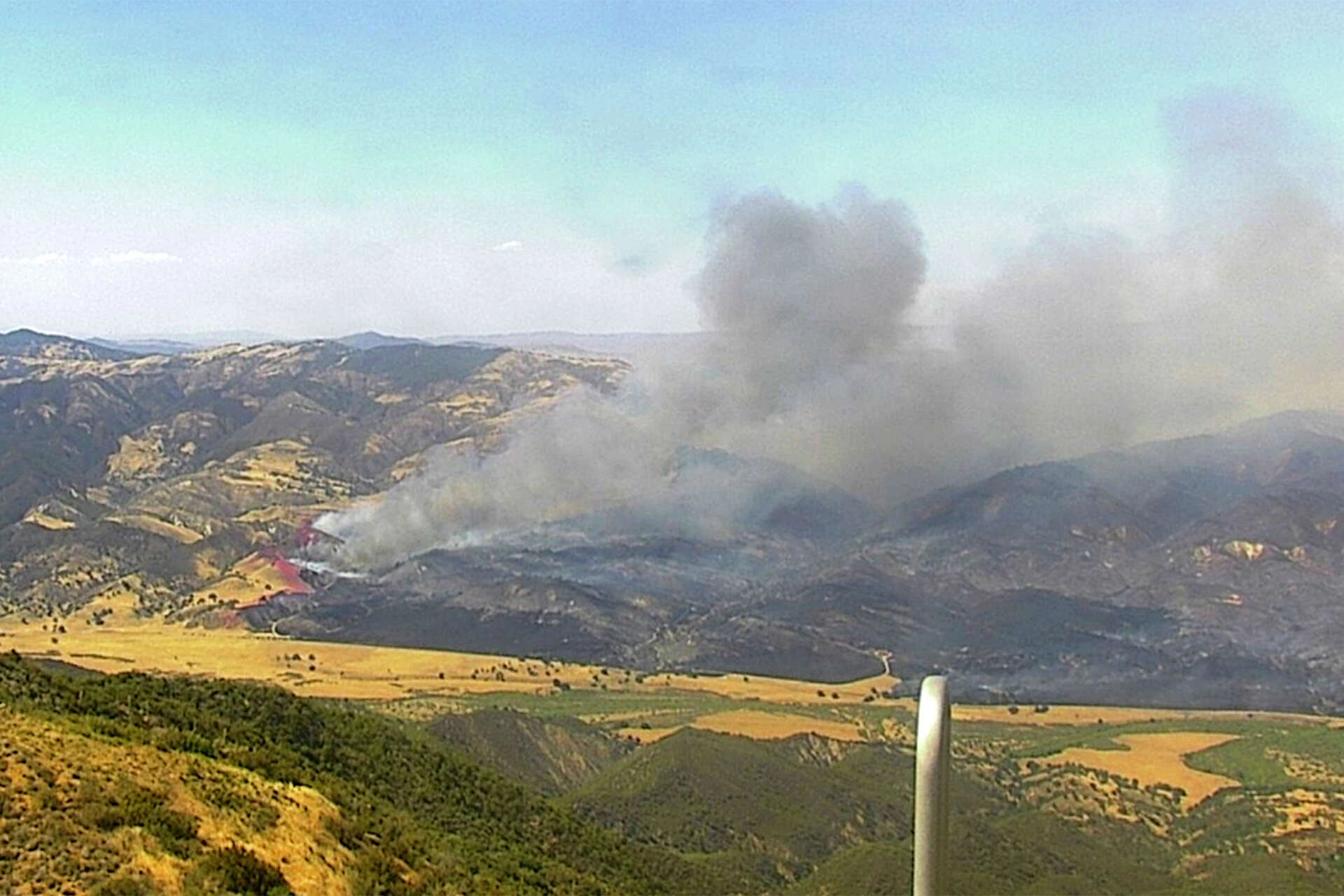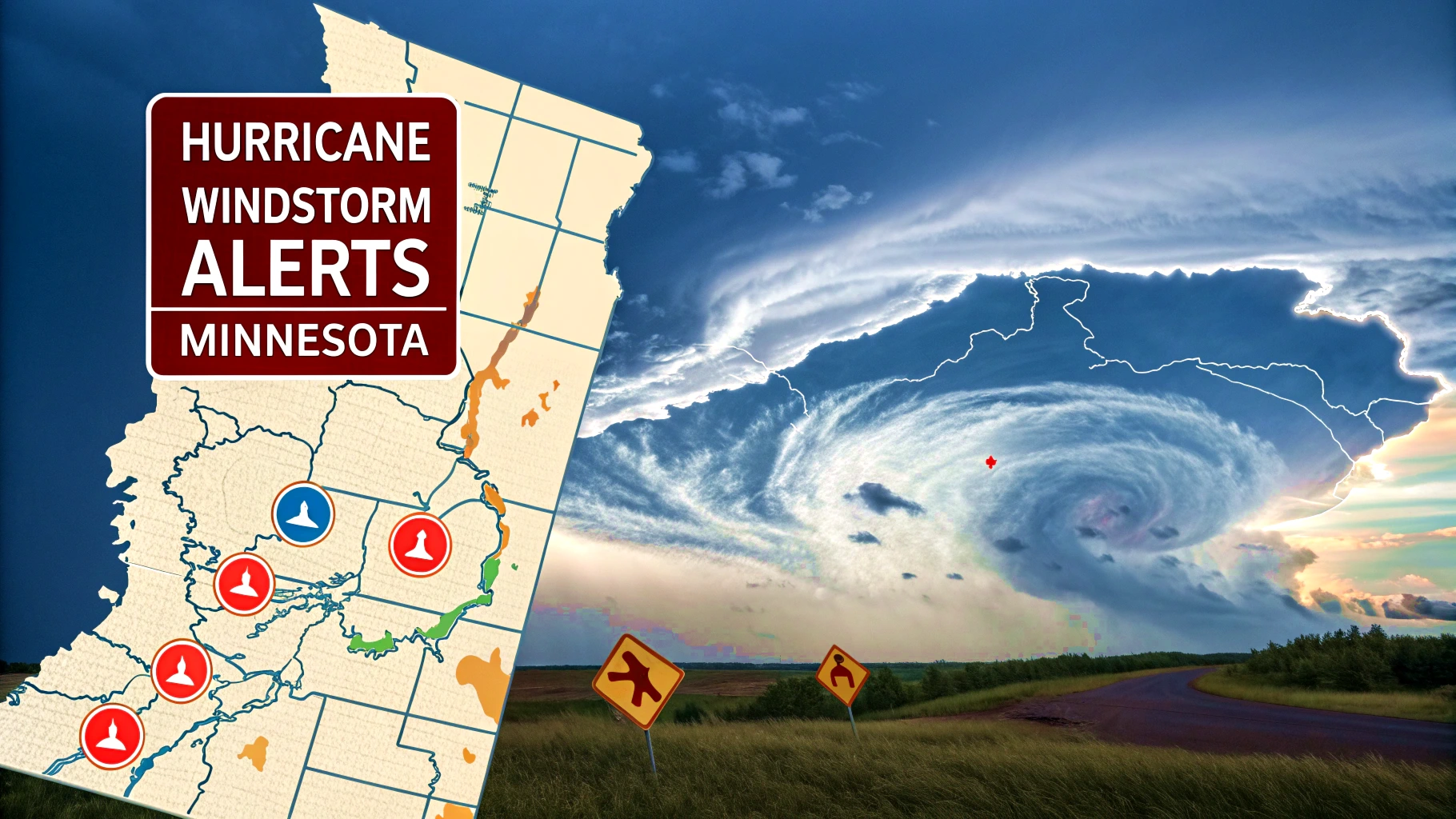Freeze Warning Issued for Illinois as Temperatures Plunge into the 20s
A freeze warning is in effect for parts of Illinois, with a sharp drop in temperatures threatening to damage crops and sensitive vegetation. Residents are urged to take immediate steps to protect plants as the coldest air of the season settles in.
An Icy Blast Grips the Midwest
A sudden cold snap is delivering a frigid wake-up call across Illinois, prompting the National Weather Service (NWS) to issue a freeze warning for a significant portion of the state. This early-season cold front is set to plunge overnight temperatures into the upper 20s, creating conditions that can effectively end the growing season for unprotected plants .
The chill is already being felt. Many communities in Central Illinois woke up to widespread frost Thursday morning after lows dropped into the 30s . However, forecasters warn that the situation will intensify overnight, leading to an even colder Friday morning with the potential for a hard freeze . This dramatic temperature drop poses a significant threat to agriculture and home gardens alike.
The Official Advisories : What You Need to Know
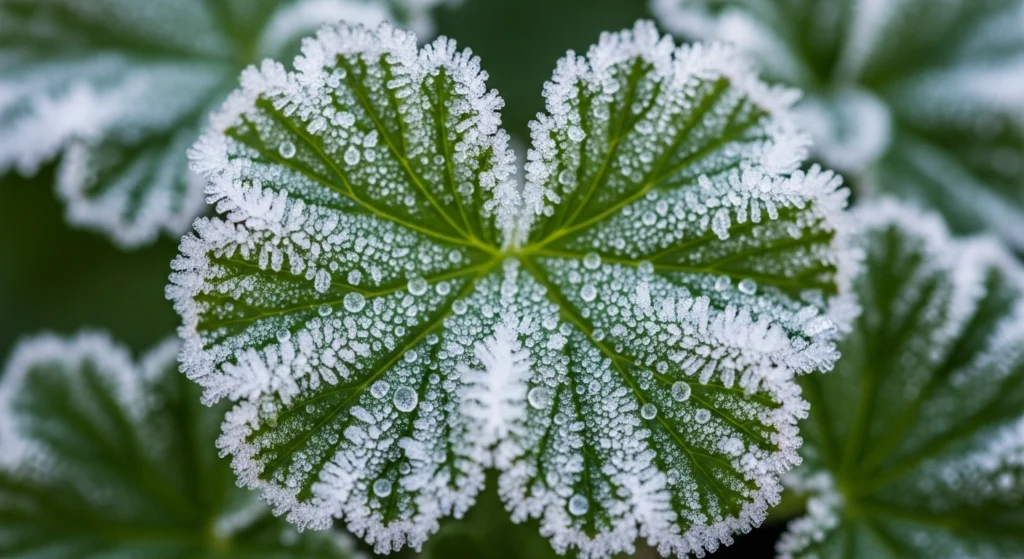
The National Weather Service has delineated the risks through a set of clear advisories. A Freeze Warning is the more severe alert, indicating that sub-freezing temperatures are imminent and will likely kill crops and other sensitive vegetation . A Frost Advisory is issued when widespread frost formation is expected, which can also damage plants .
The table below summarizes the active alerts for Illinois:
Taking Action Against the Cold
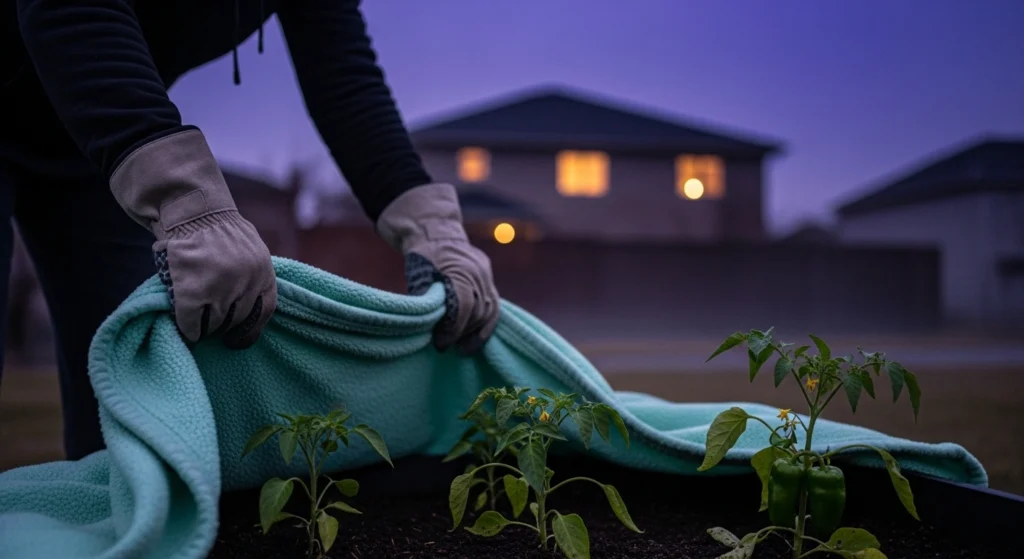
With the freeze warning in effect, officials are urging residents to take proactive steps to mitigate damage. The NWS emphasizes that frost and freeze conditions “could kill crops and other sensitive vegetation” . The fundamental danger of frost is that it causes ice crystals to form inside plant cells, making them expand and rupture the cell walls—a fatal blow for many tender plants .
The precautions are straightforward but critical. “Take steps now to protect tender plants from the cold,” the NWS advises . For home gardeners, this means covering sensitive plants with blankets, sheets, or tarps to trap ground heat near the foliage . The most effective method is to bring potted plants indoors, moving them to a garage, shed, or inside the home overnight . As the NWS Omaha office succinctly put it, “Bring in those begonia pots, if you haven’t already!” .
A State in the Seasonal Transition
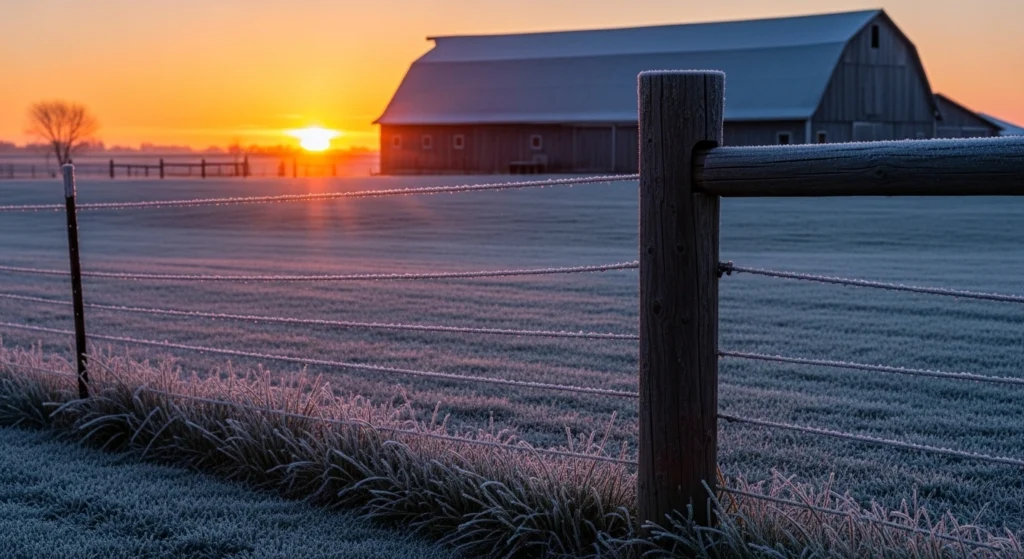
This cold event is part of a larger pattern affecting the Midwest, where millions are bracing for a sudden cold snap that is driving temperatures well below seasonal averages . The unseasonably cold conditions threaten not only crops but also home infrastructure, prompting guidance for residents to insulate pipes and monitor local forecasts for updates .
The silver lining is that a warm-up is on the horizon. After the frigid start on Friday, daytime highs are expected to stay in the 60s over the next few days, with overnight lows moderating back into the 40s . This reprieve, however, comes with a chance of light rain over the weekend, a typical feature of the region’s variable autumn weather .
For now, the immediate focus remains on enduring the deep chill. By taking simple protective measures, Illinois residents can safeguard their plants from the season’s first hard freeze and await the return of more moderate temperatures.

